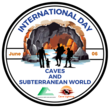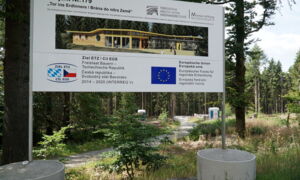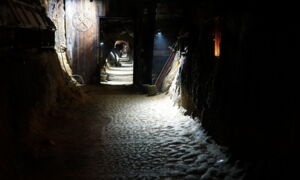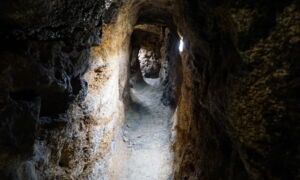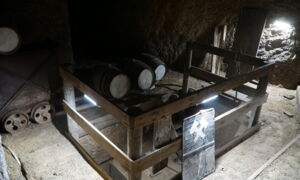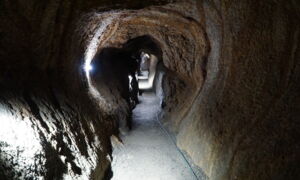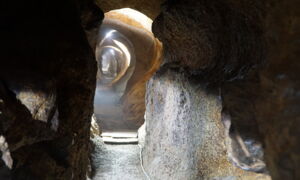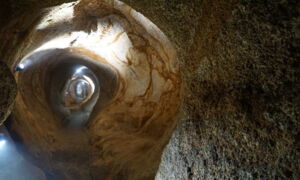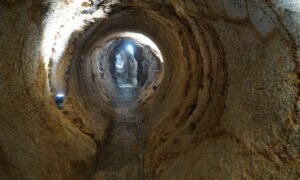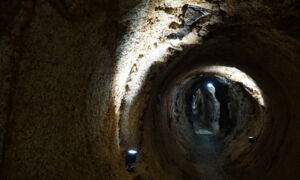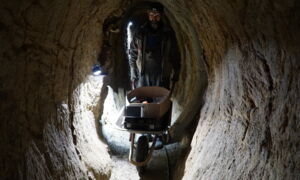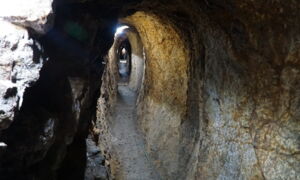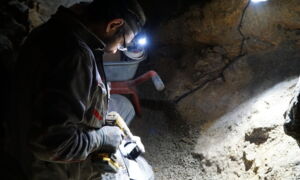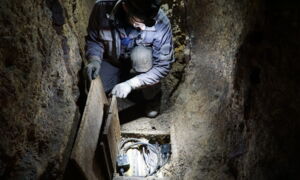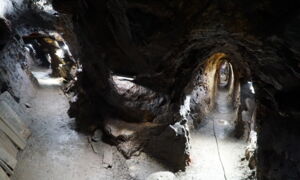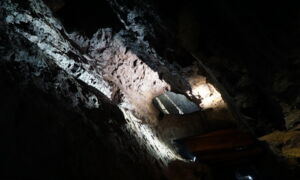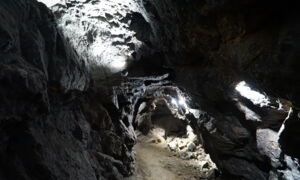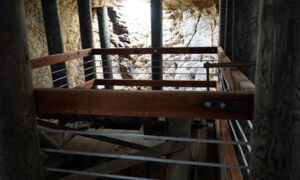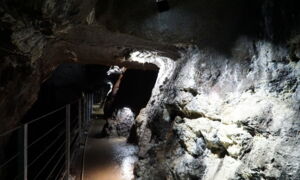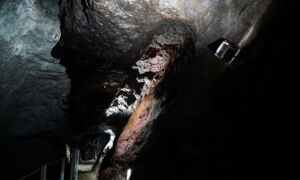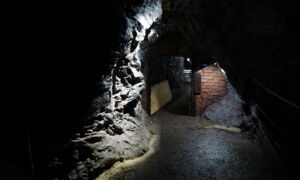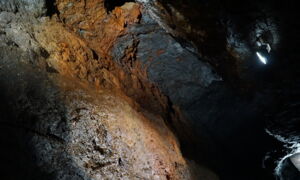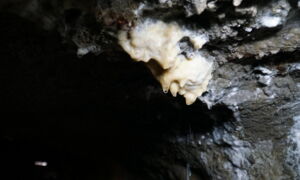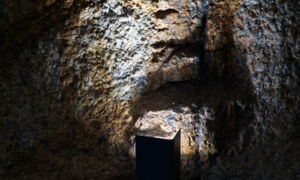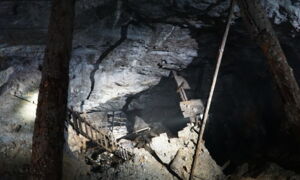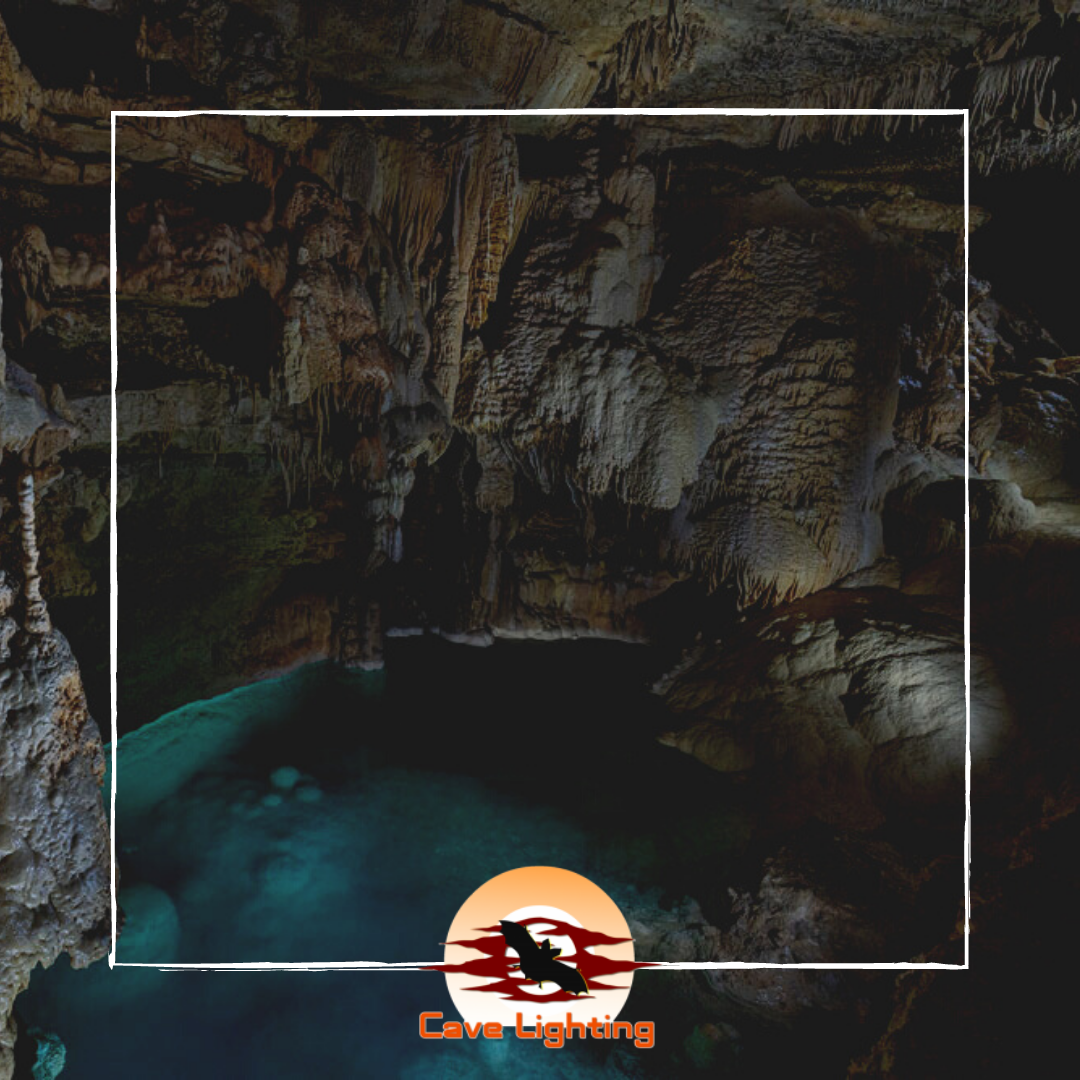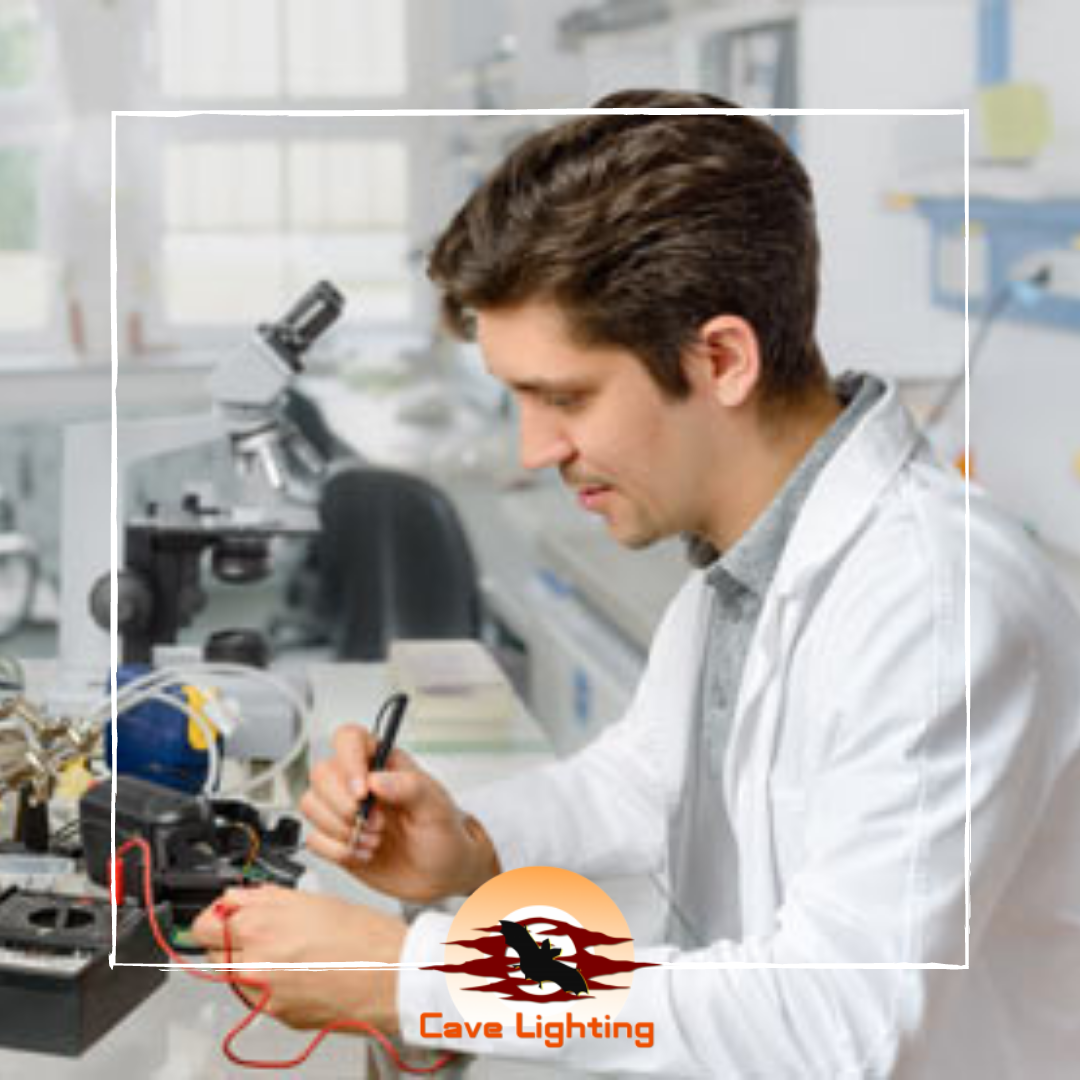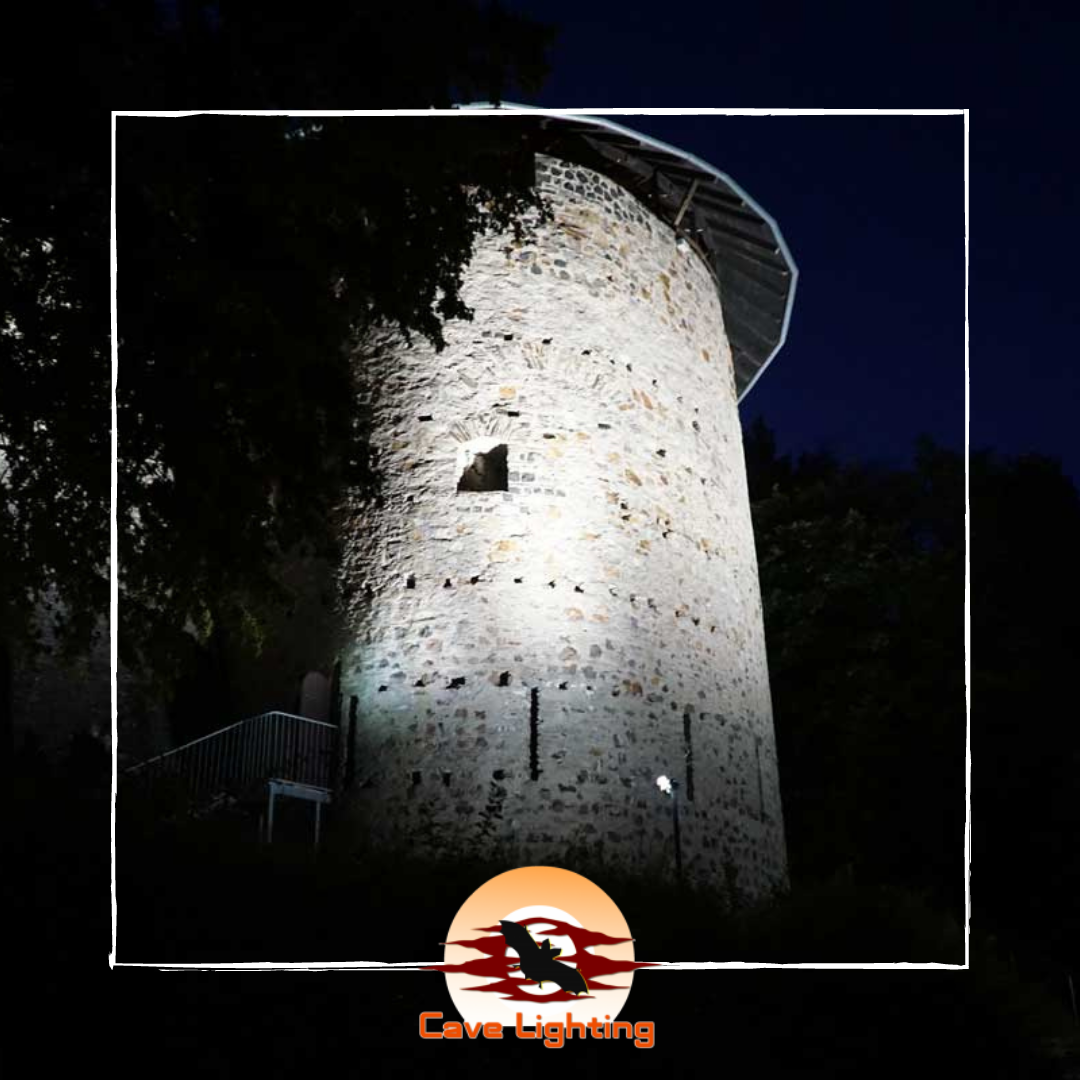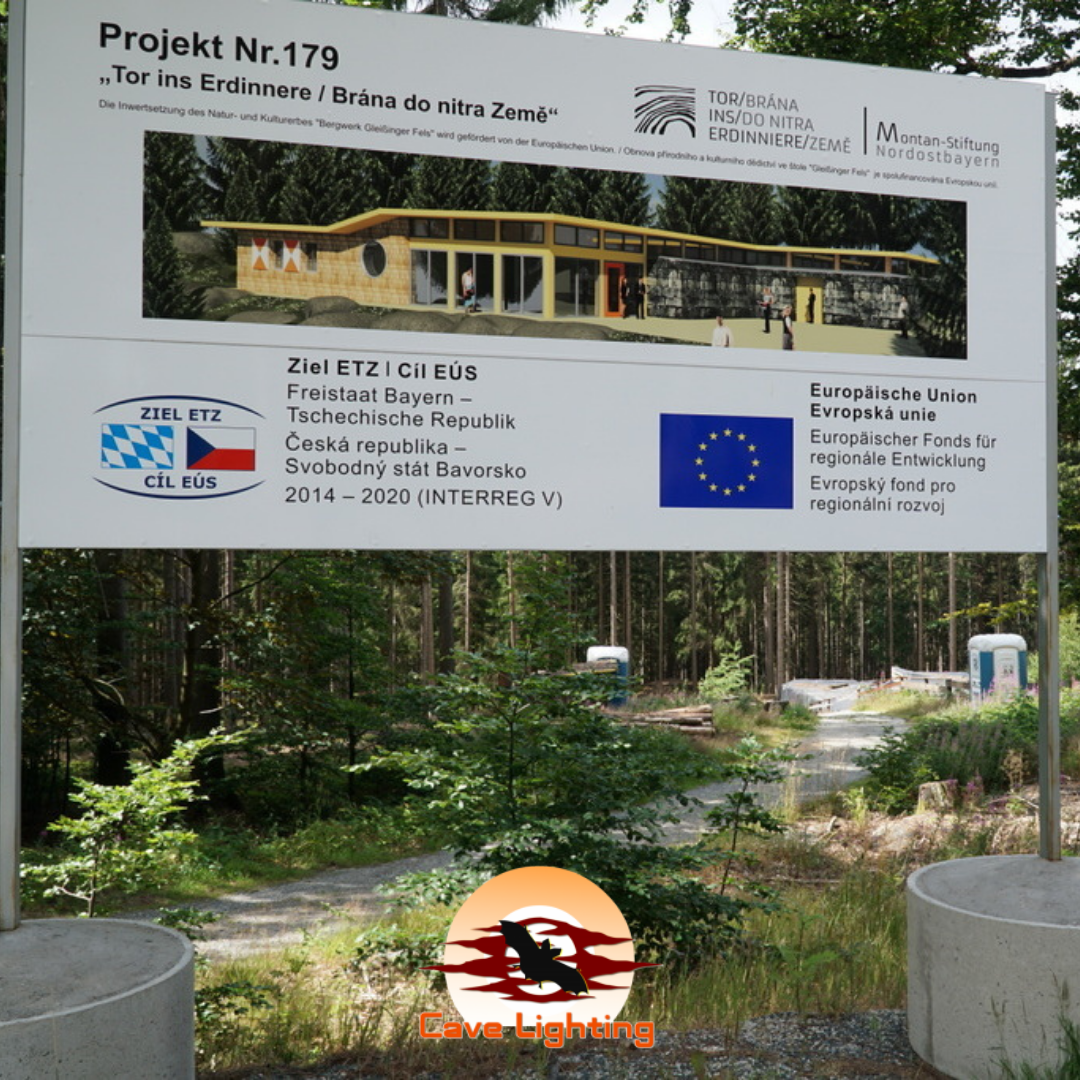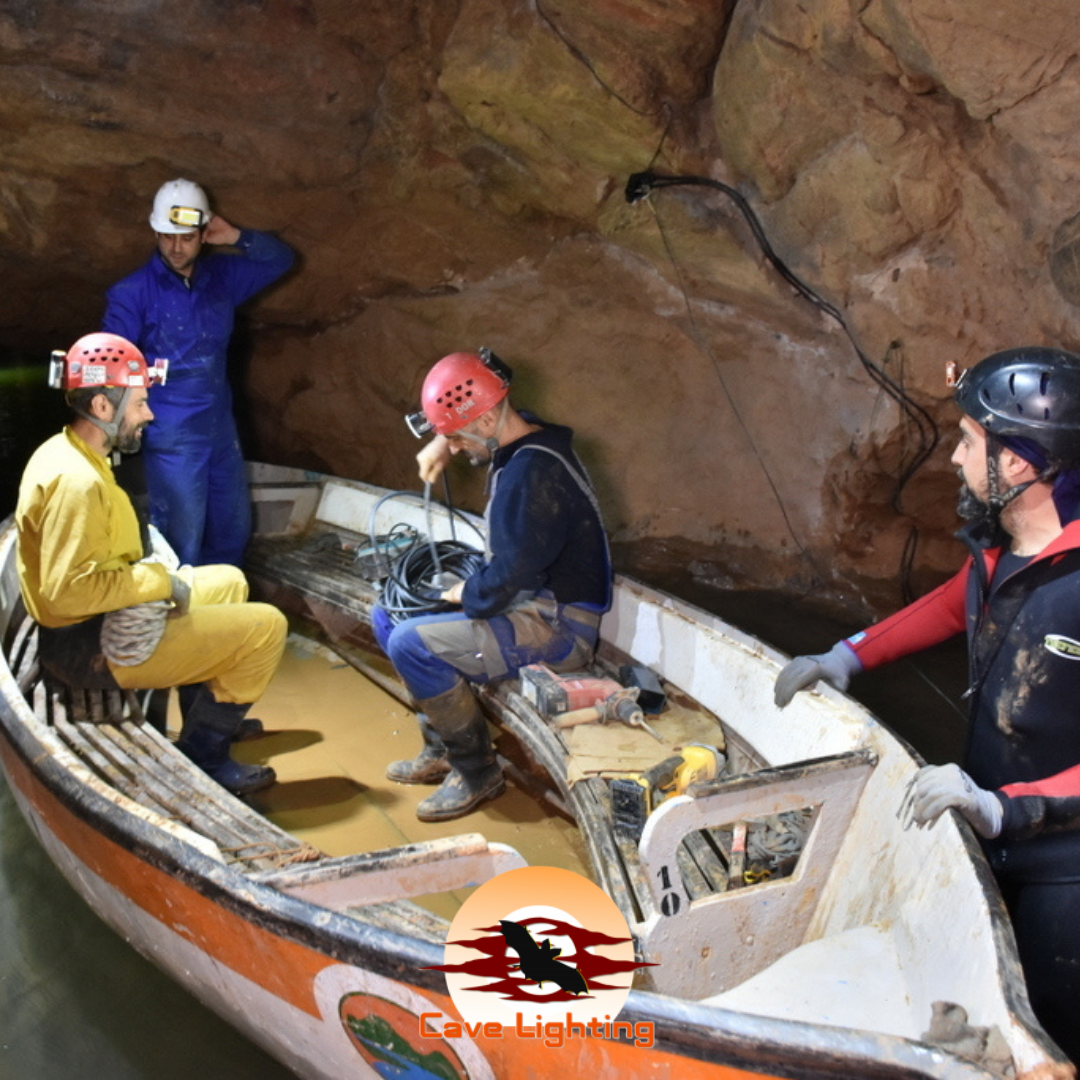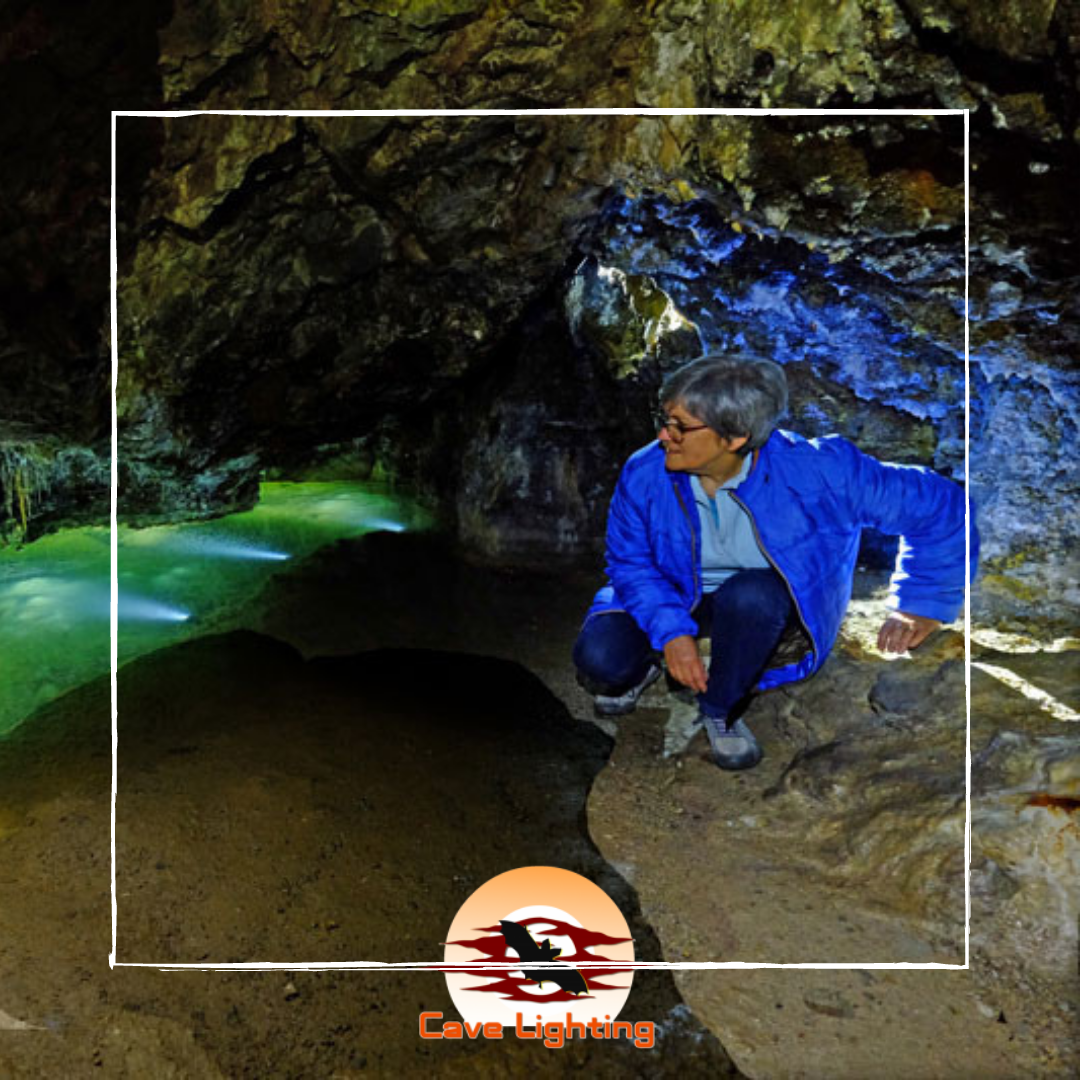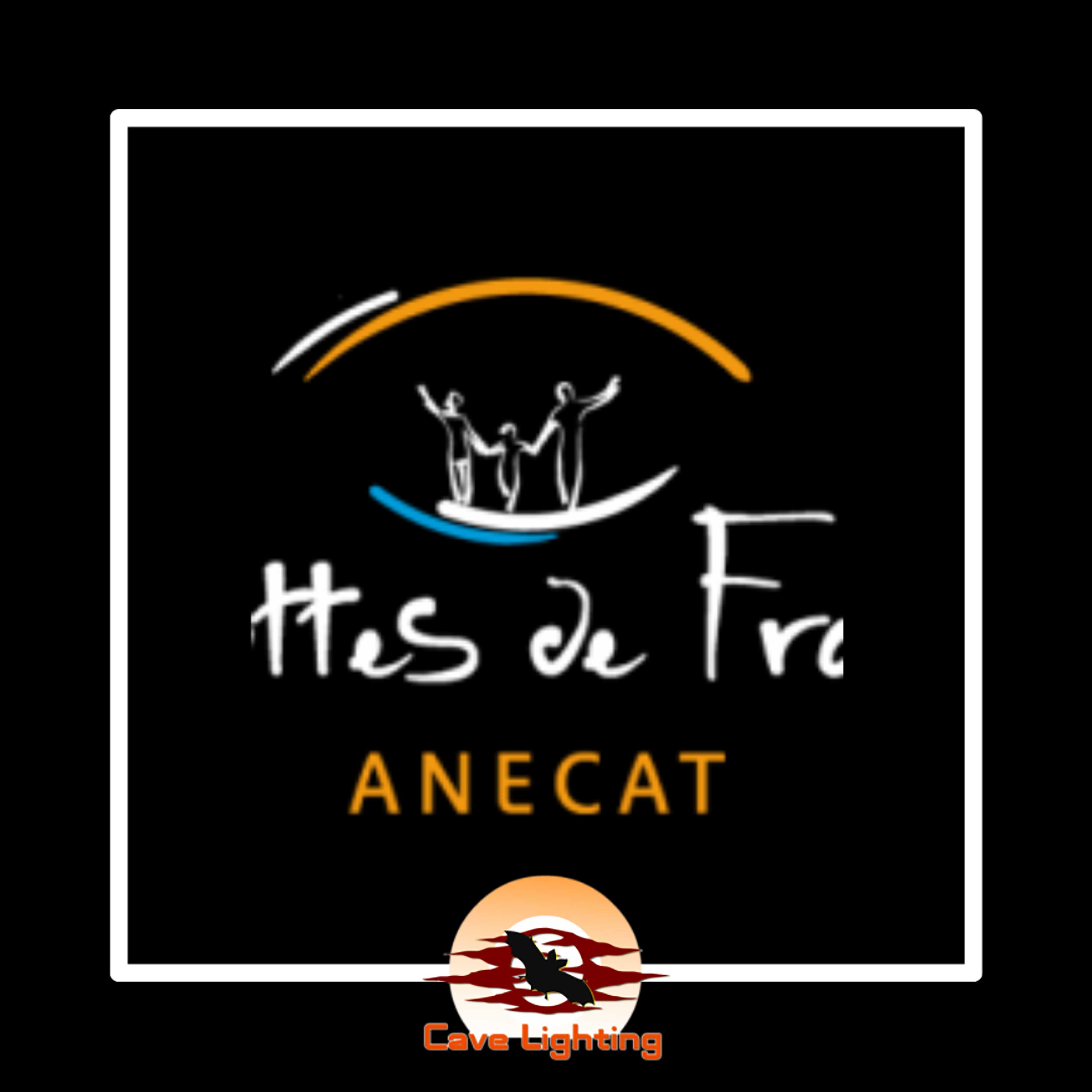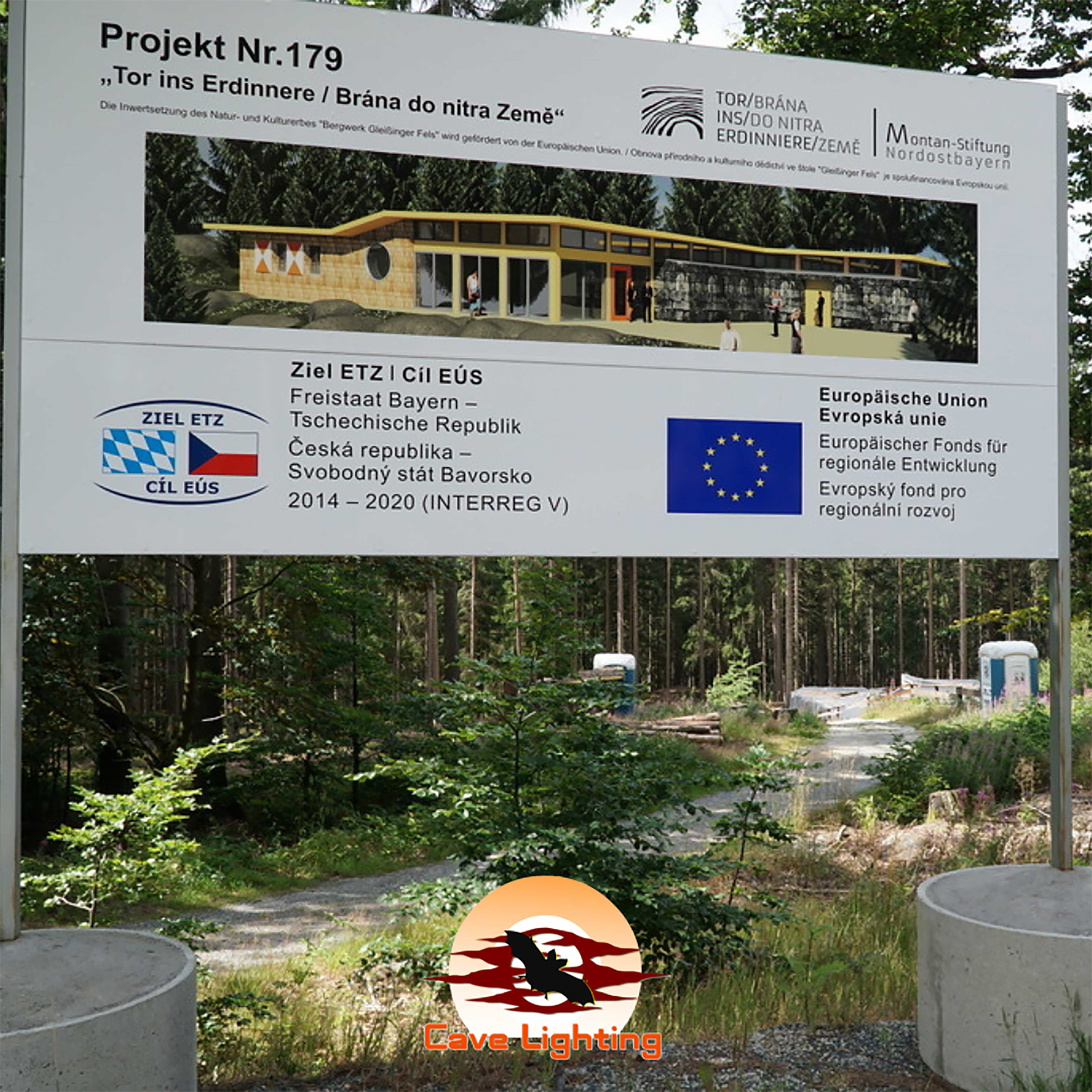
Gleißinger Fels Project BW (2019)
Gleißinger Fels Project BW (2019)
1. General Information
Mining near Fichtelberg began around 1478, when Elector Phillip granted the masters of Hirschberg the permission to extract all of the metals that were to be found. This and the rumours of gold and silver deposits encouraged mining activity around today’s Fichtelberg.
Until the beginning of the 17th century, however, mining merely fulfilled the local demand for ore; neither gold nor silver were discovered; there was still no significant mining activity and no iron production to speak of. In the 18th and 19th centuries the mine temporarily gained in regional importance and supplied iron ore (iron mica), among other things, to the Royal Bavarian gun factory (amongst others). This was followed by several closures and reopenings of the mine in the 19th century.
Despite short periods in the late 19th / early 20th century when operations resumed, mining at Gleißinger Fels finally came to a halt in 1907.
Today, the mine, which looks back at a history of 200 years, is the world-wide only silver iron mine that is accessible to the public. Interested visitors can take part in a guided tour and obtain information about the history of mining by watching a documentary. Further particularities include 20 million-year-old rock drawings (amongst others). As part of special guided tours, it has also been possible since 2015 to visit parts of the mine that are usually not accessible to the public.
The importance of geological and historical sights in the region “Ruhr in the Middle Ages” [Ruhrgebiet des Mittelalters] was acknowledged by creating the GEOPARK Bavaria-Bohemia.
The Bavarian State Office for the Environment [Bayrisches Landesamt für Umwelt] has classified the show mine as a valuable geotope (Geotope number: 472G002).
2. Project Idea
The idea for the project was born in 2014. Mr Thomas Obermüller, the owner and manager of the mine at that time, contacted Cave Lighting and invited us to view the mine and do some tests on site.
We took our travel kit and went to Fichtelberg. Already at that time we found the electrical equipment and lighting system in very poor condition. We therefore had to use torches during the inspection. Even at that time the mine was completely filled with water and it showed irreparable damage. It was almost impossible to plug the power supply unit into the sockets – the RCDs would not allow it.
We eventually found a functional socket and could do several lighting tests.
3. Waiting time
Only after about three years the project as such took shape: The replacement of the lighting system in the Gleißinger Fels mine became part of a German-Czech InterRegio project. The architectural office Greim assumed the overall responsibility for the project, while IB Gebhardt were in charge of the electrical and lighting project.
In November 2018, nearly five years after the initial contact and first light tests, the project was finally tendered. After the evaluation of the tenders submitted, Cave Lighting turned out to have the best offer.
In January 2019 the contract awarding the tender for the construction project to Cave Lighting was signed.
4. Project Execution
In terms of lighting technology, mines are easier and faster to equip than show caves. This is at least what we had expected when we started work on 6 May 2019. Later, however, we found out that this assumption was wrong.
The part of the mine Gleißinger Fels which is open to the public consists of two narrow, almost straight tunnels through the granite. The cable routes were laid in pipes underground about 35 years ago, which caused two kinds of problems:
– The rock was either too hard or too loose, which made drilling nearly impossible
– The cable routes we wanted to use for laying the cables had gradually filled up with quartz sand and stones, which made it impossible to remove the old cables or to lay new ones.
– As a result of these problems, installation time was extended by almost 30%. It was important to us, however, to find a solution to the problem.
First of all, the Cave Lighting team, consisting of Leinid Batiuzhenko, Tomass Jassus, Adrian Kandacs and Vladimir Vashkevich, were looking for solutions. The problem could be solved within just a few days: Within two weeks Leonid and Tomas cleaned the plastic tubes using a high-pressure cleaner.
With this procedure, several kilograms of quartz sand were removed from the mine and new cables were pulled in piece by piece into the flushed ducts.
A special technique was developed for mounting the lamps: Very deep holes were drilled under difficult conditions and the lamps were attached using meter-long threaded rods.
The building activity lasted from 6 May 2019 to 17 July 2019.
We installed the following lamps:
– 114 luminaires / LSQ2 series
– 4 luminaires / LQP2 series
– 83 luminaires / LMT series “Impervius”
In addition, we needed:
– 2 sub-distributors 230VAC / 24VDC
– Approx. 2 kilometers of new cable
Furthermore,
– 350 meters of the old cable routes were flushed and cleaned
– 200 meters of earthing cable were installed
– An emergency lighting with UPS (Unified Power System) and industrial monitoring was installed and programmed
The new system now consists of four zones which can be controlled separately.
During the final inspection and approval of the system on 17 July 2019, the manager, Mr Obermüller, was not able to hide his feelings. He was deeply impressed and very pleased about the successful construction project.
On 28 August 2019 Mr Obermüller wrote on Facebook:
“Regarding the lighting. Up to now, there have been no problems. Things are going well. The visitors regard it as a success. We are constantly having visits from various politicians and funding agency representatives who praise you and me for the lighting and for complying with cost and time schedules. Not even the bat protectionists who came here yesterday said anything negative…. Well done, great job!”
